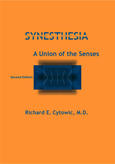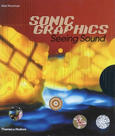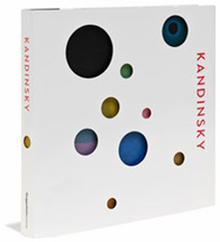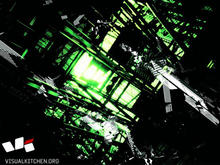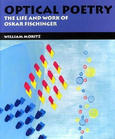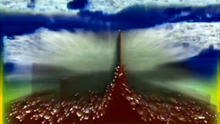Ólafur Arnalds: Ljósið
(2009)by Argentinian motion graphic artist Esteban Diácono is the official music video for the track Ljósið taken from Ólafur Arnalds' album Found Songs.
Esteban Diácono – a young motion graphic artist from Buenos Aires, Argentina – created an astonishing animation video for Ljósið, which found its way into the hearts of over 400,000 people within 2 weeks via Vimeo and YouTube.
Source: Erased Tapes
"I first imported the audio and set up 2 sounkeys layers, one for the piano and one for the strings. Then i worked the particles and the particle subsystem and linked things like the emission, the turbulence, the velocity, the spin amplitude and the strength of the fields to the sound key outputs.
"Then i set up the colors with 2 different palettes, and well, after that there was a lot of trial and error in order to achieve what i was looking for.
There's a lot of randomness involved here, so there was also a lot of luck, of course."
Source: YouTube

